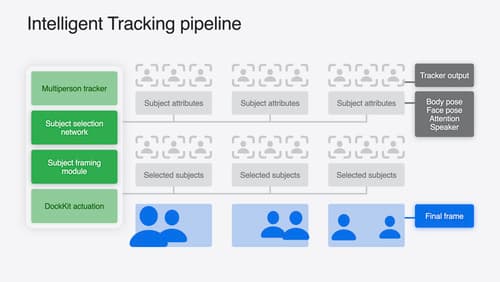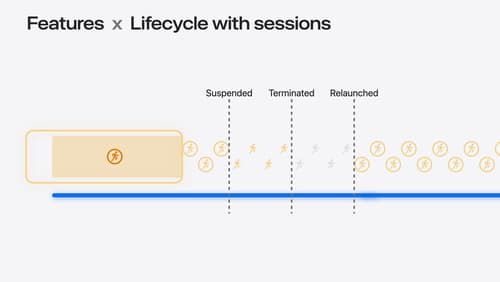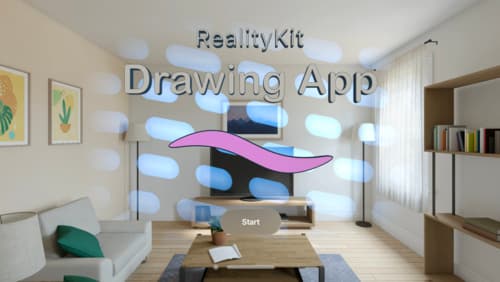how can I track user location in the background
Asked on 2024-08-02
1 search
To track user location in the background, you can utilize the CoreLocation framework with specific attention to session management and authorization. Here are the key points from the session "What’s new in location authorization" at WWDC 2024:
-
Session Lifecycle:
- CoreLocation supports both explicit and implicit sessions. Implicit sessions are automatically managed by CoreLocation, while explicit sessions are created and managed by your app.
- When your app is in the background, CoreLocation can continue to track location if a session was started in the foreground or if another session asserts continued interest. This is crucial for features like exercise tracking that need to run in the background.
- Even if the app is terminated, CoreLocation can resume or relaunch the app into the background when new information is ready for delivery, provided the app's authorization allows it.
-
Authorization:
- You need to request appropriate authorization from the user. For background location updates, you typically need "Always" authorization.
- You can manage authorization requests using the
CLLocationManagerand methods likerequestWhenInUseAuthorizationorrequestAlwaysAuthorization.
-
Handling App Lifecycle Events:
- Your app should be prepared to handle lifecycle events such as being suspended or terminated. When the app is relaunched, it should resume any ongoing location tracking sessions.
For a detailed walkthrough, you can refer to the session What’s new in location authorization (09:25).
Relevant Sessions
These sessions provide comprehensive insights into managing location tracking and authorization in your app.

What’s new in DockKit
Discover how intelligent tracking in DockKit allows for smoother transitions between subjects. We will cover what intelligent tracking is, how it uses an ML model to select and track subjects, and how you can use it in your app.

What’s new in location authorization
Location authorization is turning 2.0. Learn about new recommendations and techniques to get the authorization you need, and a new system of diagnostics that can let you know when an authorization goal can’t be met.

Build a spatial drawing app with RealityKit
Harness the power of RealityKit through the process of building a spatial drawing app. As you create an eye-catching spatial experience that integrates RealityKit with ARKit and SwiftUI, you’ll explore how resources work in RealityKit and how to use features like low-level mesh and texture APIs to achieve fast updates of the users’ brush strokes.
